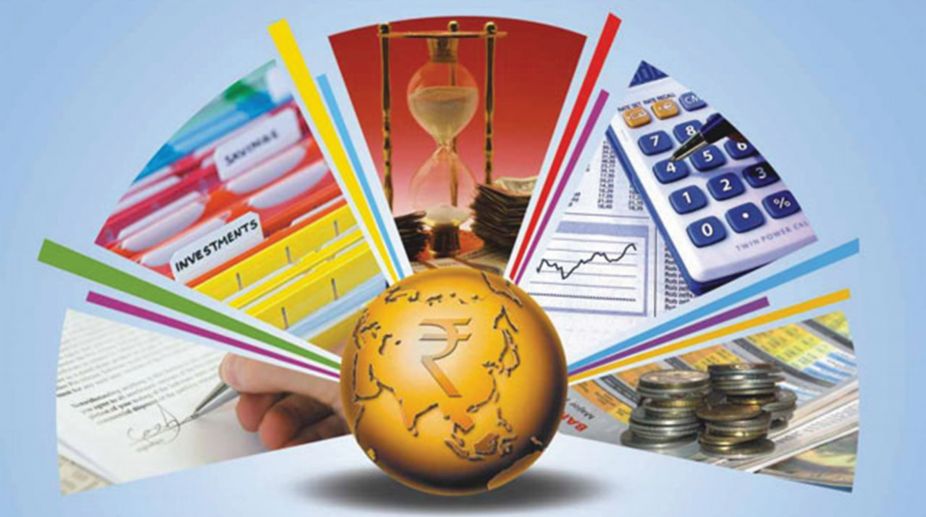The Union Budget this year will be presented in a situation of growing uncertainties for a many people, particularly those from weaker sections and the unorganised sector. While the distress of rural areas has been rightly emphasised in recent months, this should not lead to neglect of economic difficulties of weaker sections in urban areas. In fact, the two are related and the unban organized sector provides an escape, not an adequate one, but an escape nevertheless from acute rural distress for millions of people. The difficulties faced by unorganised sector workers and the reduction of work opportunities in important areas like construction have further increased the difficulties of those affected by rural distress as well.
Availability of subsidised food and pensions have declined or even stopped for some vulnerable people due to new Aadhaar linkages or other changes. The escape routes and coping mechanisms available to them earlier have been more difficult to access in recent times. It is in these contexts that some recent reports of hunger deaths need to be taken seriously.
Advertisement
Hence vulnerable people need and are looking forward to significant increase in allocations for important development and welfare schemes which benefit them, provide relief and also strengthen their livelihood base. The distress and discontent of farmers have been much in news and they certainly need significant help. But at the same time the landless sections including landless farm workers and sharecroppers should not be forgotten. Schemes like NREGA which provide work near home while creating livelihood and enhancing assets need significantly higher allocations.
Social security including pensions need more support. On the whole agriculture, rural development, social welfare and security, schemes for unorganised sector workers and urban poor need higher support as also health and education with special emphasis on weaker sections.
In fact, in health and education as well as in several other sectors it is not just higher allocations that are relevant. It is important to see the fine print to determine sub-allocations and the overall thrust of planned expenditure to examine the extent to which are priorities are addressed. In agriculture higher allocations have on occasion merely translated into higher support for agri-business interests instead of help for small farmers who really need support.
Also we need to be cautious about whether an increase in allocation is offset by some reduction in a related area. Sometimes the publicity blitz tells us of very big welfare commitment of government while the reality is quite different. To give an example, the government has often made tall claims about maternity benefits of Rs. 6,000 per child for which the flagship scheme is the Pradhan Mantri Matru Vandana Yojana (PMMVY). But the reality is that its coverage till very recently was much lower than the coverage of the previous scheme for maternity benefits (IGMSY) which it replaced.
Even when the new scheme is in place all over the country its coverage will be much lower than the commitment made by the government five years back under the National Food Security Act. So are we going ahead or moving backwards? But the presentation at the official level is as if some grand gift has been made to people.
People want real and genuine relief and not cleverly propped up or exaggerated benefits which may not be so impressive when subjected to closer scrutiny.
In their role as tax payers, common people want a tax system which does not impose a heavy burden on them and which does not expose them to a complicated and over-regulatory system. They are willing to pay the tax due to the government if the government assures then of no harassment and no exposure to needless complications requiring visits to lawyers and chartered accountants.
The common taxpayers and particularly the elderly or poorer among them may have computer literacy to some extent but they may not be comfortable with a lot of online accounting and tax payment modes. Hence simpler systems should be available for taxpayers where needed. In particular, a simple tax system for all elderly citizens who are not in the super-rich category is needed so that they are not stressed unnecessarily. At present we are in a strange situation where the authorities say that the system has become simpler, but a lot of taxpayers say exactly the opposite.
In the recent context it is particularly important to bring relief to those sections of small entrepreneurs, skilled artisans, handicraft units and others who to various extents have felt threatened after the introduction of GST in its present form. While the government has been announcing relief under certain categories, many small entrepreneurs and artisans still feel threatened by the adverse impact on their livelihoods.
The tendency of relying too much on cesses has also proved harmful as cesses continue for too long instead of fulfilling some particular objective, and what is worse are sometimes not used for the stated purpose.
(The writer is a freelance journalist who has been involved with several social movements and initiatives)











